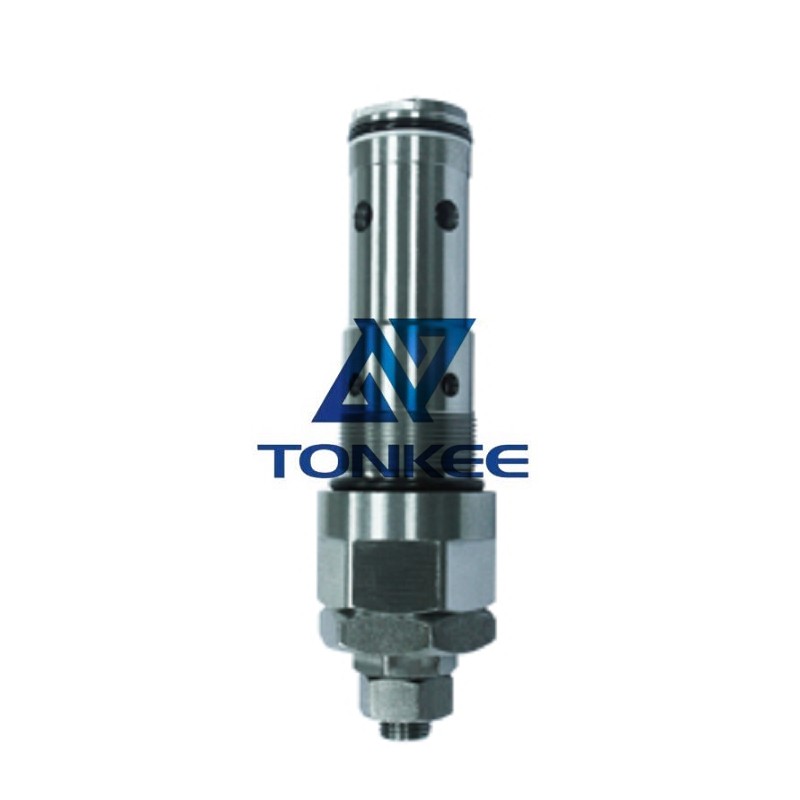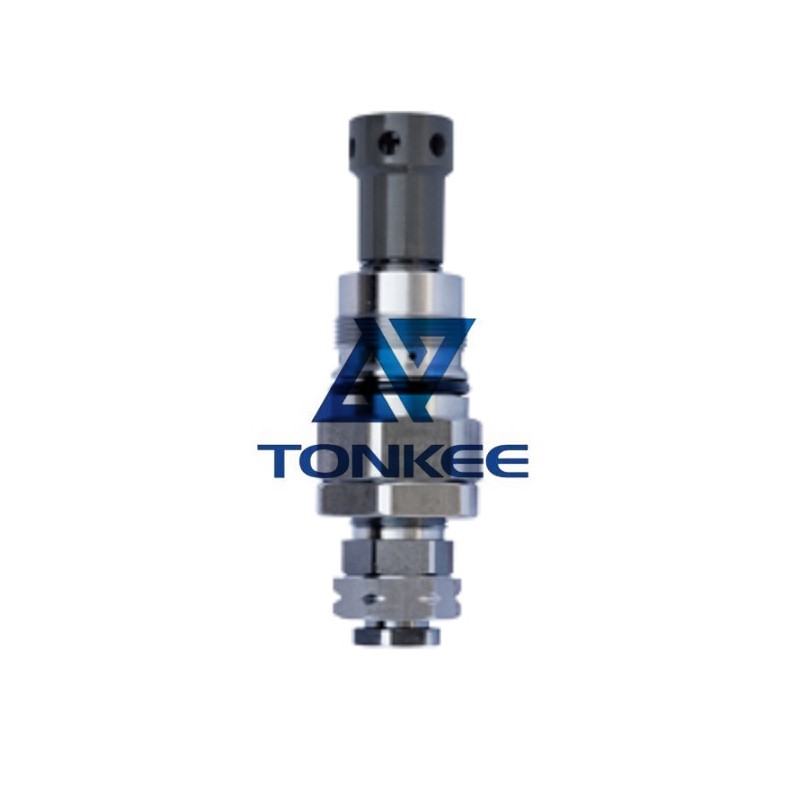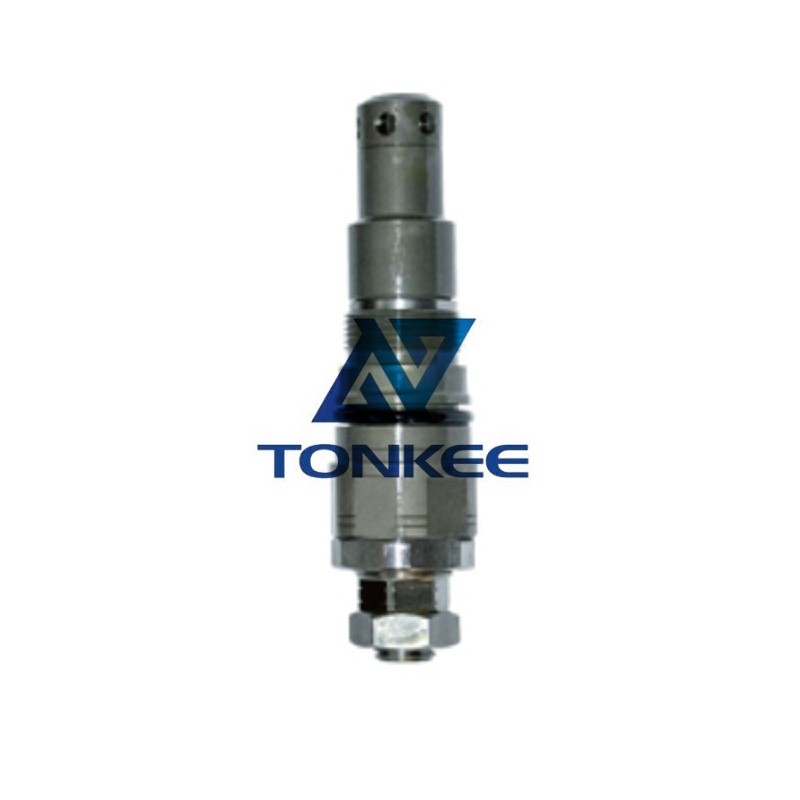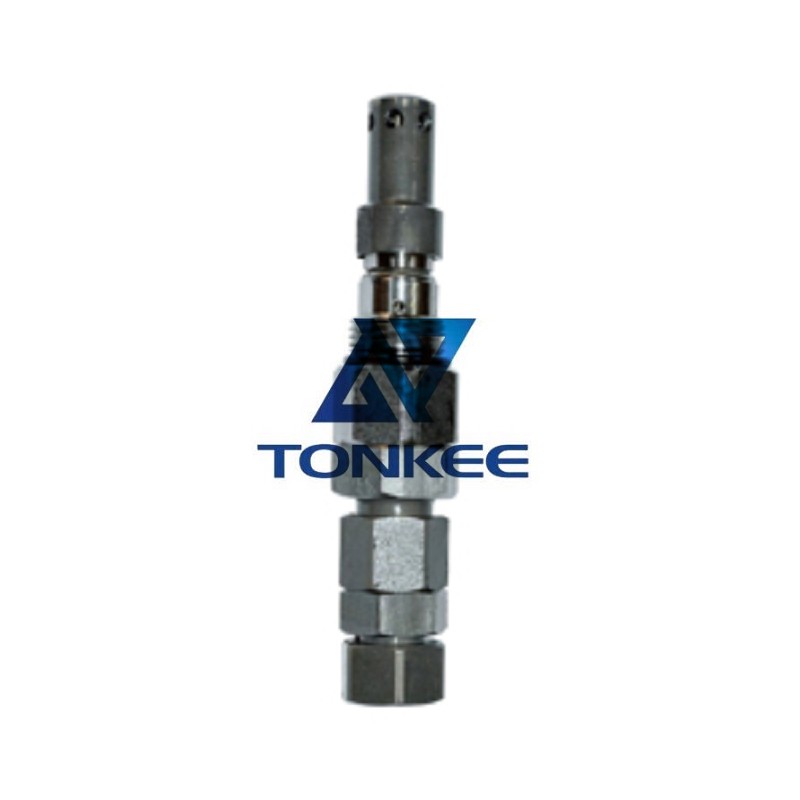
The PC300 Main Relief Valve is specifically designed for use in hydraulic systems, commonly found in heavy machinery and equipment such as excavators, loaders, and bulldozers.
Its primary function is to limit the pressure within the hydraulic system to a safe operating range, preventing damage to the system and ensuring smooth and efficient operation.
One of the key features of the PC300 Main Relief Valve is its robust construction and high-quality materials. It is typically made from durable metals such as steel or cast iron, ensuring longevity and reliability in demanding working conditions. The valve is precision-engineered to meet stringent industry standards and undergoes rigorous testing to guarantee its performance.
The working principle of the PC300 Main Relief Valve is based on a pressure relief mechanism. When the hydraulic system's pressure exceeds the set limit, the valve opens, allowing excess fluid to bypass the system and return to the reservoir. This relieves the pressure and prevents any potential damage to the system. Once the pressure returns to a safe range, the valve closes, restoring normal operation.
The PC300 Main Relief Valve is equipped with various specifications to meet the diverse requirements of hydraulic systems.
The valve has a specific pressure rating, indicating the maximum pressure it can handle. Typical pressure ratings range from a few hundred to several thousand pounds per square inch (psi). It is crucial to select a relief valve with an appropriate pressure rating that matches the system's operating pressure to ensure optimal performance and safety.
Furthermore, the PC300 Main Relief Valve has a flow capacity specification, which indicates the maximum flow rate of fluid that can pass through the valve. This specification is crucial for maintaining system efficiency and preventing flow restrictions that can hinder performance. Proper sizing of the relief valve's flow capacity is essential to ensure it can handle the hydraulic system's expected flow rates.





 English
English português
português Русский язык
Русский язык












